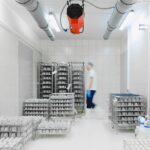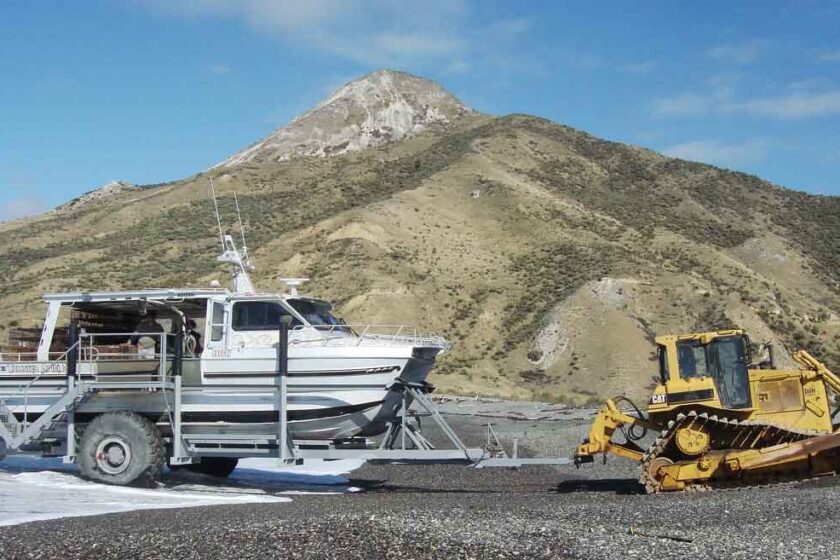Summary
- Verify real-time alerts promptly and pinpoint the cause of temperature deviations.
- Take corrective actions like repairing equipment or transferring goods to safe conditions.
- Document incidents thoroughly and implement preventive measures to avoid future issues.
Temperature deviations during transit can compromise the integrity of your products and lead to significant financial losses. Knowing how to respond promptly and effectively can mitigate the damage and protect your goods.
Step 1: Receive and Verify Alerts
Modern monitoring systems should notify you immediately when a temperature deviation occurs. Ensure your system is set up to deliver real-time alerts via SMS, email, or mobile app.
Tip: If your current system lacks real-time alerts, consider upgrading to our Tive Solo 5G trackers, which provide instant notifications.
Step 2: Identify the Cause of the Deviation
Common causes of temperature deviations include:
- Equipment failure (e.g., refrigeration unit breakdown)
- Prolonged door openings during loading/unloading
- Environmental factors (e.g., extreme weather conditions)
Action: Review the data from your monitoring system to pinpoint the source of the issue.
Once the cause is identified, act quickly to prevent further damage:
- If the refrigeration unit has failed, arrange for immediate repair or transfer the goods to another temperature-controlled vehicle.
- If door openings are the issue, adjust loading/unloading procedures to minimise exposure.
Inform all relevant stakeholders—including drivers, logistics partners, and clients—about the deviation and the steps being taken to address it. Transparency builds trust and ensures a coordinated response.
Step 5: Document the Incident
Thorough documentation is critical for compliance and post-incident analysis. Include:
- A timeline of the deviation and corrective actions taken
- Data logs from monitoring devices
- Communication records with stakeholders
Step 6: Review and Prevent Future Incidents
After resolving the immediate issue, review the incident to identify preventive measures:
- Was the equipment adequately maintained?
- Were the temperature thresholds appropriate?
- Could staff training improve response times?
Action: Schedule a consultation with our experts to optimise your monitoring strategy.
By responding swiftly and systematically to temperature deviations, you can minimise losses and safeguard your reputation in the industry.






